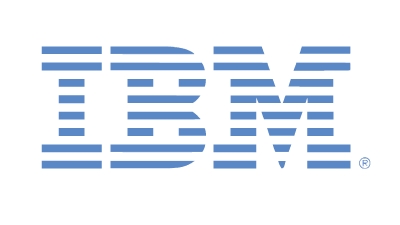The Next Big Thing: Native-App Performance Through A Browser
Submitted by Edward J. Correia on

Apparently, it's already there. Using the Mandelbrot benchmark, which generates highly compute-intensive fractal patterns, Haghighat demonstrates significant performance gains with SIMD. "In Firefox, the sequential version gives a frames per second of nine. But the SIMD version gives you 37, a speed-up of almost four times." Such performance gains make possible whole new classes of applications that can be implemented through a browser and remain cross-platform. "That would enable a large new class of applications that require high performance like games, audio processing, video processing, image processing, things today that are only on native platforms. Now you get it in a cross-platform fashion."
Enthusiastic about the potential of SIMD.js is Goo Technologies, a solution provider based in Stockholm, Sweden. The developer in May unveiled Goo Create <http://www.goocreate.com/>, a free tool for building high-end graphics for ads, marketing, training and other interactive web content. "People need a new way to reach out with ads," Goo co-founder and CTO Rikard Herlitz. "Because people are ignoring everything on the web. And I think that making it fun and visually appealing is the way to get their attention again."
The company's core product--the Goo Engine--taps the host GPU through WebGL to render its 3D animated graphics. But, Herlitz said, they continue to battle with the CPU side, which is slow and offers limited access to audio and other host hardware. "That's why this technology is super-interesting, especially for us in 3D graphics." A graphics industry veteran, Herlitz was among the original developers of the jMonkey Java game engine. "For at least 14 years I've been longing for a way to easily reach everyone on all devices in a stable way. Finally with the browser we can do the experiences we've been wanting to without any silly plugins."
NEXT: Web Evolution






